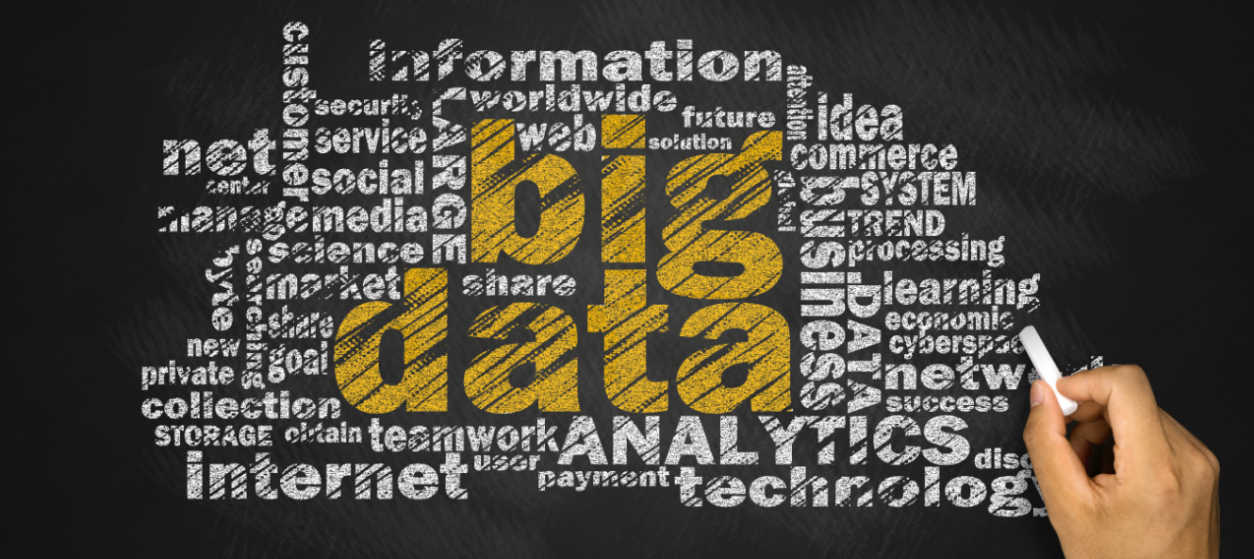A number of companies have begun to use Big Data to gain more business insights these days. Big Data uses programming to crunch large amounts of data automatically and the program delivers you insights that you probably didn’t even know existed. It uses thousands of attributes to arrive at profound insights such as, whether a person will purchase a product the next time or not. Business analytics does something similar but its id fundamentally different from Big Data.
Business analytics involves using spreadsheets, charts and numbers to make decisions based on how people use these data sets. Thus, big data has much in common with analytics but is fundamentally different from analytics because the data is really big and is usually crunched by computers with very little human intervention, contrary to analytics. In this article, we shall take a look at both the similarities and the differences between big data and analytics.
There are many similarities between big data and analytics. They are:
1. Increased efficiency
Both big data and analytics provide companies with valuable insights that help them to fix what is ailing their processes. This frees up a lot of resources as one can focus on core issues. Eventually this increases within an organization and helps them to achieve better ROI.
2. Improved ability to track
Tracking leads, information, insights, and even certain crucial information can be made easy with the help of insights delivered by both Big Data and analytics. Both help companies in their own way to arrive at various insights that can be used to enhance existing tracking systems.
3. Easy scalability
Big Data and analytics help companies to enhance scalability. Companies will find it easier to handle increasing amounts of work in a capable manner. Big data and analytic insights help companies to accommodate growth, which is central to the success of any company.
4. Improved operations, customer service and risk management
With the insights that are extracted from these two processes, companies can enhance their operations and build upon customer relationships. Insights also provide crucial information about existing risks, which when identified, can be tackled in a comprehensive manner.
How is big data different from analytics?
Though big data and analytics have much in common and both the processes involve crunching a lot of numbers and data, there are many differences between the two. In this section, let us take a look at the 3 important differences between big data and analytics.
1. Volume
Big data concerns a large number of sources through which companies collect data. Much of this is unstructured. All this unstructured data will only continue to accumulate exponentially. Unstructured data is difficult to measure, analyze and understand.
Big data analytics help companies to make use of these voluminous data pools that have continued to grow in size and stature. On the other hand, business analytics help companies to analyze structured data. Business analytics can help companies to understand and analyze data that is already in a certain structured format.
2. Velocity
Because of the data boom resulting from social media, companies often find it difficult to catch up with the velocity of data creation today. Social media and the Internet have fueled data creation at unprecedented levels. All this data that is created often accumulated without companies being able to analyze or comprehend.
Business analytics help companies to analyze data that is created in a regular and structured manner. Data from these new media sources often vary in their speed and velocity, rendering traditional business analytics lacking. Big data analytics take the speed with which data is created into account and help companies to analyze that data as and when it is created.
3. Variety
Big data is almost always unstructured and versatile in nature. Data is created and generated from a variety of sources and companies often find it difficult to analyze data from various sources such as GPS, social media, search engine and others difficult. Moreover, all these data are unstructured and difficult to analyze by business analytics software programs.
Big data analytics make use of cloud computing, advanced IT operations and other techniques to make sense of unstructured and dynamic data. Unstructured data is too diverse and thus holds a wealth of information, unlike structured data, which is often predictable. By using big data analytics, companies can gain access to analytics that are hitherto unavailable on business analytics software programs.
Looking forward
Though big data is different from analytics, we need to remember that both are equally important to companies. When handling unstructured big data, companies benefit from information generated from various sources. Structured data which is usually analyzed by business analytics helps companies to arrive at corporate insights of a different kind.
Both are equally advantageous to companies that seek insights in order to have an edge over their competitors. Thanks to the burgeoning cloud computing industry, both big data and business analytics will only grow in stature and importance in the coming years.










